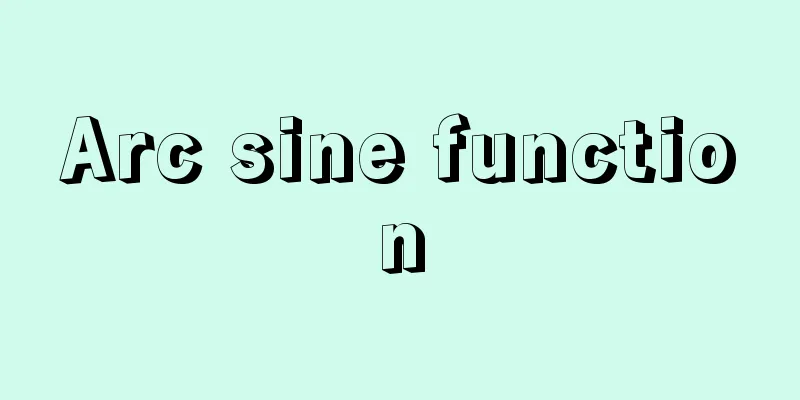Yoshio Tomo

|
A nobleman in the early Heian period. Grandson of Tsugihito and son of Kunimichi. He was exiled to Izu for setting fire to the Otenmon Gate. In 830 (Tencho 7), he served as a vassal of the Imperial Court, and was trusted by Emperor Ninmyo. He served as Dainaiki, Kurodo, Shikibu Daijo, and other positions, and in 847 (Jowa 14), he became Kurodo To and Uchuben, and the following year he became a councilor, and in 864 (Jogan 6), he was promoted to Dainagon. Yoshio was intelligent, eloquent, and quick in handling government affairs, making him a first-class Ritsuryo official. After entering the political world, he allied himself with Fujiwara no Yoshifusa and expanded his influence, coming into conflict with the Minister of the Left, Minamoto no Makoto. In the leap month of March 866, a fire broke out at the Otenmon Gate, destroying the gate as well as the Seiho-ro and Shoran-ro buildings. Yoshio, along with Yoshifusa's younger brother Yoshimi, claimed that Minamoto no Makoto had set the gate on fire, but was eventually accused of being the arsonist. Although Yoshio insisted that he was innocent, his accusation was rejected and he was exiled to Izu. It is believed that Yoshio was sacrificed because Yoshifusa was trying to bring down someone who was an obstacle to Yoshifusa's establishment of the regent government. The three volumes of the "Ban Dainagon Ekotoba" are picture scrolls depicting the events from the arson of the Otenmon Gate to his exile. [Saeki Yuuki] “Ban Yoshio” by Arikiyo Saeki (1970, Yoshikawa Kobunkan)” [Reference] | |In 866 (Jogan 8), a group of kebiishi officers headed to capture Tomo no Yoshio, who was believed to be the culprit behind the arson of the Otenmon Gate. A copy of "Ban Dainagon Ekotoba" (Illustrated Story of Minister Tomo) is held at the National Diet Library . Kebiishi as seen in the Ban Dainagon Ekotoba Source: Shogakukan Encyclopedia Nipponica About Encyclopedia Nipponica Information | Legend |
|
平安初期の公卿(くぎょう)。継人(つぎひと)の孫、国道(くにみち)の子。応天門(おうてんもん)に放火したという罪で伊豆に配流。830年(天長7)校書殿(でん)に祗候(しこう)し、以後仁明(にんみょう)天皇に信頼され、大内記、蔵人(くろうど)、式部大丞(だいじょう)などの官を経て、847年(承和14)には蔵人頭(とう)、右中弁、翌年には参議となり、864年(貞観6)大納言(だいなごん)に累進した。善男は才知に優れ、弁舌に富み、政務の処理を機敏に行い、律令(りつりょう)官人として一流の人物であった。政界に乗り出してから藤原良房(よしふさ)にくみして勢力を伸ばし、左大臣の源信(まこと)と対立した。866年閏(うるう)3月、応天門から火が出て、同門をはじめ棲鳳(せいほう)楼、翔鸞(しょうらん)楼などの建物が焼失した。善男は良房の弟良相(よしみ)とともに源信が応天門に火をつけさせたのだと主張したが、やがて善男こそ放火の犯人だと訴えられ、無罪を強調したが認められず伊豆へ配流された。善男は、おそらく、良房が摂関政治を創始するのに障害となる人物を失脚させることをねらったために犠牲となったものと考えられる。『伴大納言絵詞(ばんだいなごんえことば)』三巻は、応天門放火より流罪までを描いた絵巻である。 [佐伯有清] 『佐伯有清著『伴善男』(1970・吉川弘文館)』 [参照項目] | |866年(貞観8)、応天門放火の犯人とされた伴善男の捕縛に向かう検非違使の一行。『伴大納言絵詞』 模写国立国会図書館所蔵"> 『伴大納言絵詞』にみる検非違使 出典 小学館 日本大百科全書(ニッポニカ)日本大百科全書(ニッポニカ)について 情報 | 凡例 |
<<: Dual income - Tomoba Taraki
Recommend
Air seat
... Light theatre, which had been under the press...
Rateau, A. (English spelling) RateauA
…The latter in particular has been passed down to...
Paradise - Gokuraku
The world (Pure Land) where Amida Buddha resides....
obstetrics
...a branch of clinical medicine. In the early da...
Nekozuka Tomb - Nekozuka Tomb
This square tomb is located in Nishikawachi-cho, G...
Dankobai - Dankobai
A deciduous tree of the Lauraceae family (APG cla...
Greylag goose - Greylag goose
A bird of the Anatidae family (illustration). It b...
Crime fiction
…In Japan, the term “mystery” is also used, but i...
Shukumi Tonkura - Miyake clams
This Tonokura is said to have been located near pr...
Onotsu
...A port town in Chikuzen Province (present-day ...
Chronicles of the Khitan Kingdom
A Chinese history book in 27 volumes. Compiled by ...
Patrology; patristics
The study of the Church Fathers. The word patrolog...
Kiyose [city] - Kiyose
A city in the northern part of central Tokyo. It w...
Ashoka - Aikuo
⇒King Ashoka Source: About Shogakukan Digital Daij...
YS-11 - YS-11 (English spelling)
A medium-sized twin-engine turboprop transport air...









